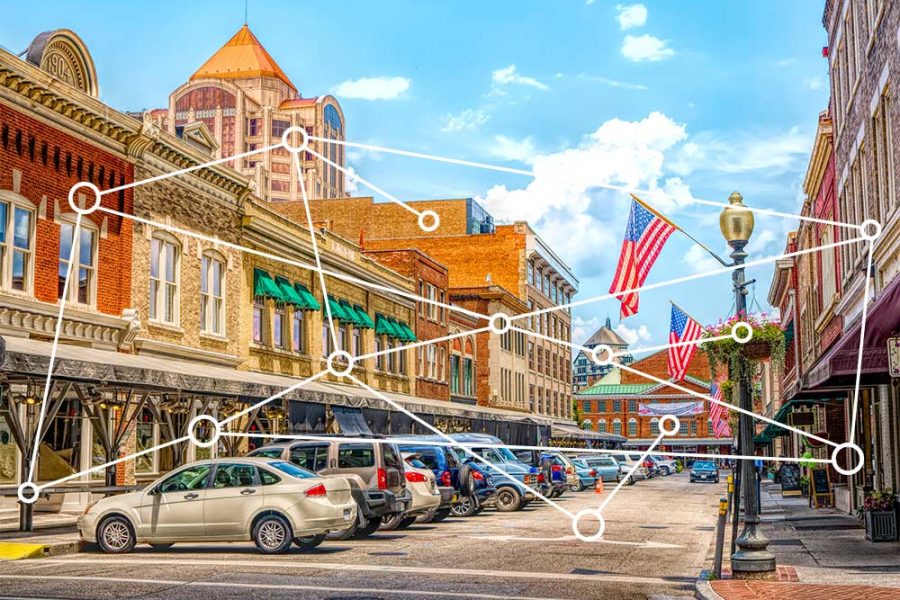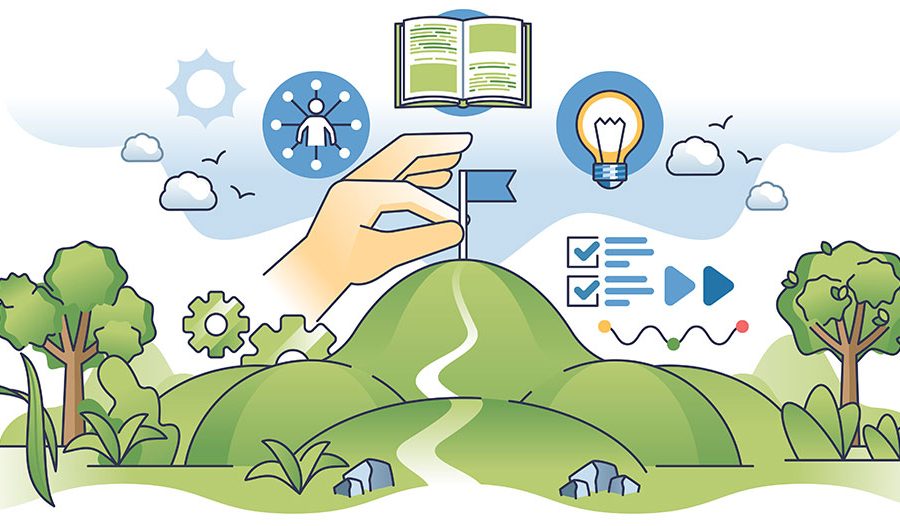The immediate health, emotional, and financial toll that the COVID-19 crisis has wrought on the world is more than enough tragedy for the near term, but the long-term impact that will play out in states, cities, and towns across the country over the coming years is undeniably scary. While it is still too early to comprehend the breadth of this crisis, for me it is bringing up a lot of thoughts about how we can prepare for what is to come. More and more I am thinking that economic and fiscal modeling tools might be able to help.
The ripple effect of economic activity that calculates how spending in one industry impacts dozens of others is something I enjoy modeling, as it highlights how interrelated we are as a people and an economy. However, in the case of this crisis the ripple effect will undoubtedly highlight the negatives – as business sales decline, business to business transactions slow, companies need to lay people off, discretionary spending is decreased, and so on. The loss of jobs, earnings, business to business transactions and more will impact many segments of economic development. In the short and mid-term these segments will include real estate development, workforce development, downtown revitalization, and more. This brings up so many questions for me:
- What types of industries and supply chains will be most impacted?
- What group of workers will be seeing greatest decline?
- What types of communities will be hit the hardest?
- What role does size, cluster, and geography play?
Measuring the economic impact of this crisis is one thing, but it will also be informative to look down the road at how the economic devastation of today will lead to a decline in the coming years in the revenue streams that support so many public sector services all around the country. With budgets drafted and approved based on historical data and certainly not accounting for this pandemic, the public sector is not prepared to weather this precipitous drop in revenue, and many will be left wondering what must be cut.
Many states, towns, and cities are operating on assumptions based on a decades long uptick in economic activity following the Great Recession, increased consumer spending, low unemployment rates, and job growth. These conditions no longer exist and so the assumptions used to create budgets, plan for capital expenditures, and design an operating plan are no longer valid. Being able to measure the fiscal impact, and reasonable expectations around revenue, can help policy makers and public officials make informed decisions that consider the big picture.
In order to prepare to make good choices, economic developers should be considering:
- Tracking the key economic indicators related to jobs, sales, and earnings during this time. This includes monthly and quarterly changes – as available data allows – to have up to date information for decision makers to track the ongoing impact.
- Thinking creatively about other indicators that might paint a more detailed story – such as number of bankruptcies, construction permits issued, and food bank visitation over the prior period.
- Conducting fiscal forecasting to identify the likely loss of revenue and plan appropriately for how to handle – as a way to adjust course to avoid major financial crisis.
- Communicating regularly with the regional non-profit and public benefit corporations about their financial projections and the impact of the COVID-19 crisis on their bottom line and budget assumptions.
- Facilitating opportunities for collaboration, advocacy, and increased problem solving around shared services and coordination among entities within the region.
There are endless articles being published about the impact of the crisis on state and federal budgets and the unanticipated gap many will be facing in the coming years. While these articles are informative and provide a good assessment, they only scratch the surface about the impact on local and regional entities (municipalities, non-profit organizations, public benefit corporations, and more) and those that depend on tax revenue.
We are only at the beginning of this, but it would be smart to start thinking about what comes next.
Image Source: Camoin 310





